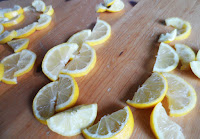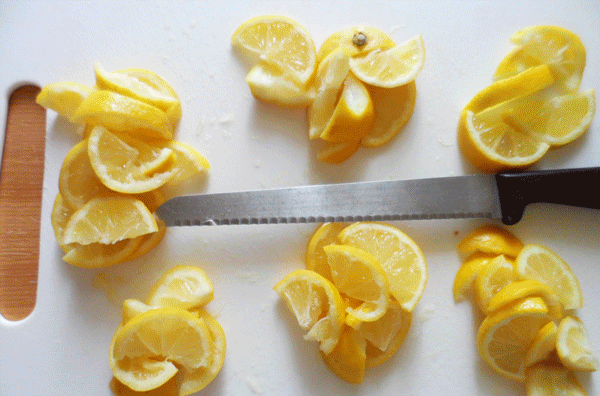From the results, Roberts & Wright distinguished different categories to order the designs they had received. The six categories they came up with are: Book, which encompasses designs conceived as systems to be applied to a whole book; Word, which covers designs that deconstruct the text; Interaction, the designs under this heading foreground format and reading; Image - a smaller group - which includes designs where the type is treated as image; Tone, which includes design systems that could be applied to the whole novel but where the typography is as much a graphic interpretation of the text as it is to be read; and finally Story, this includes designs that attempt to encapsulate the entire story in some way.
I found looking at all the different designer's interpretations of the brief really intriguing to see how differently people think and apply their creativity to something. Reading the designer's rationales also made me understand some of the intricacies of typography a bit better and it was insightful to see the research the designer's must have to done to inform their decisions.
From the book I have picked out my favourite interpretations of the task:
I really liked the participatory design incorporated in to this book and is something I may try myself.






















































